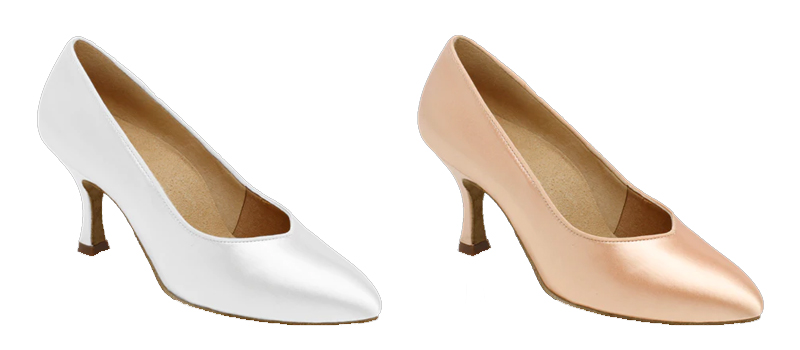What aspect of a dancer’s physique is the most important to them? Most people will say, “feet”! Dancers take the same amount of time and effort to maintain their equipment as musicians do. Good dancing shoes are a need if you want to perform at your best and advance as a dancer, whether you are a professional dancer or a complete novice, a ballroom dancer, or a jazz dancer.
The feet of dancers are infamously unpredictable on dance floors. Everything might result in uncomfortable maneuvers or risky foot slides, including excessive grip, don’t have enough grip, and sporadic sticky places. Here, authentic dancing shoes of the highest caliber may make a world of difference.
Dance is quite similar to sports. To succeed, you must have the right tools and let your actions speak for themselves. Even if you are a performer or a social dancer, the appropriate pair of dancing shoes may make a significant difference in your experience in the dance studio.
Heels
The majority of dancers advise against purchasing your first pair of Latin dance shoes with heavy heels. You should only get one when you’ve gained some experience. Don’t wear a practice shoe until you have a foot problem; instead, wear genuine ballroom dance shoes right away. While flare heels are recommended when more stability is needed, slim heels make spinning simpler.
Material and Color
Your style may be expressed through the shoe’s color and substance. For practice, leather shoes in shades of golden, tan, or flesh are typically the first option. Start with canvas or leather shoes. Given their striking appearance, patent leather soled shoes are frequently worn during sporting events. Male dancers frequently choose suede and leather combos as well. These black calfskin leather shoes with leather top lifts give dancing individuality, and gentlemen should not be left out in that regard! Since leather stretches and molds to the contour of the foot over time, it is chosen over synthetic materials for dancing shoes.
Style
For various types of dancing, there are different shoes. The usage determines the style you should learn, whether it is American Smooth, American Rhythm, Tap dance, Jazz, Latin, Standard (Ballroom), or ballet. For instance, Latino footwear typically has higher heels and open toes. Since the sole of the heel is sufficiently flexible to enable the foot to point when making sudden movements and rotations, open toes are possible because of the elevation of the heel, which shifts weight to the forefoot in the forward direction.
Price
Every ballerina would want to look for shoes that last and sustain long hours invested at dance sessions, with costs ranging from $60 to $250. The differences in the pricing are mostly caused by the various types and grades of materials utilized, in addition to how skillfully the shoes have mostly been manufactured. When choosing the appropriate dancing shoes, keep in mind that you cannot save on quality and that you receive what you pay for.
Size Matters
Your dancing shoes must fit you properly, and size is crucial for that. If they are too big, your technique will suffer, and if they are too little, they will sting and bruise, making your dancing classes uncomfortable. “Go smaller a size below your ordinary shoes” is the conventional maxim. Once properly laced, the shoes wouldn’t have had any space for movement, but they also shouldn’t be painfully tight.
Hope these tips will help you select the best ballroom dance shoes.

